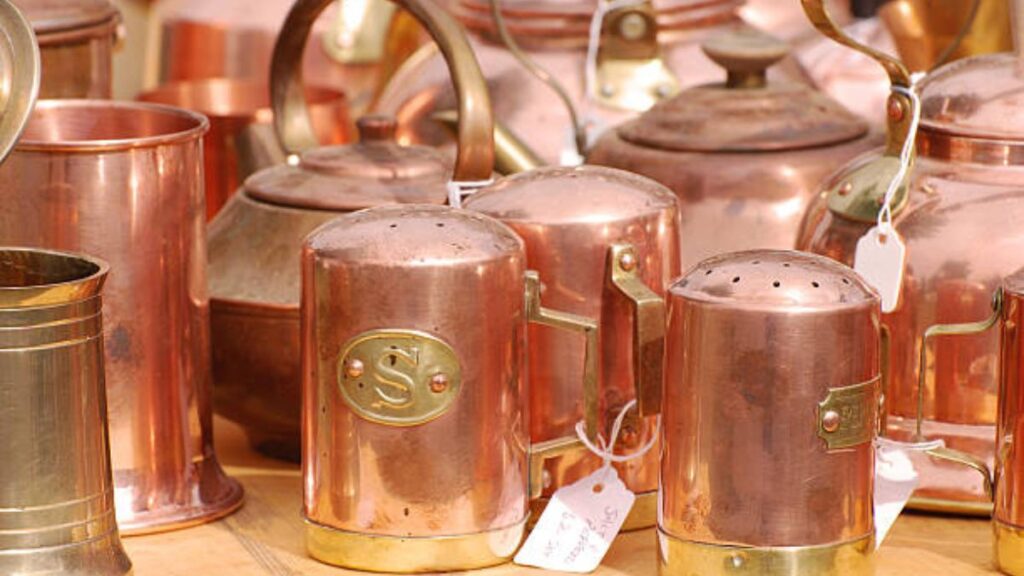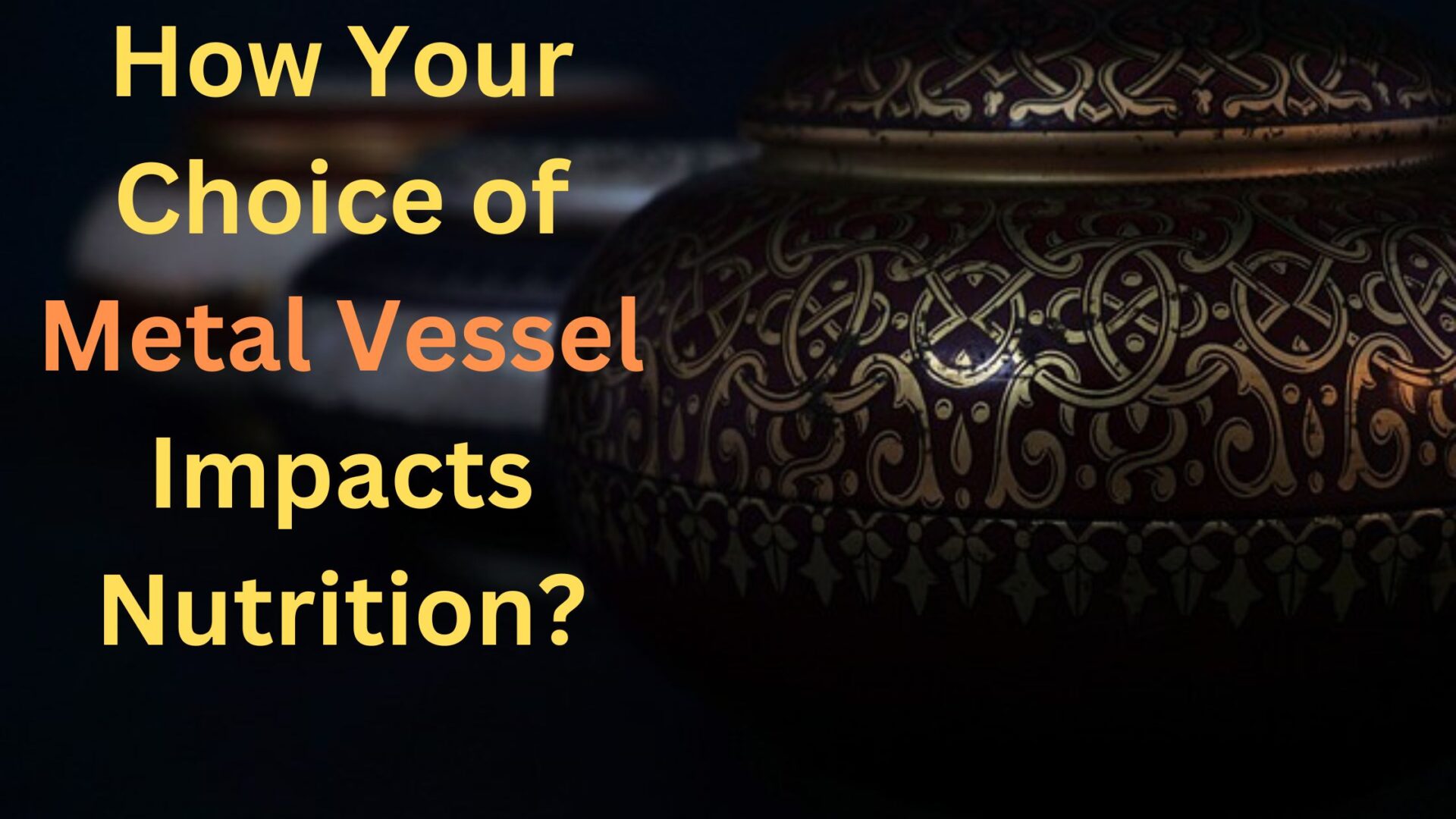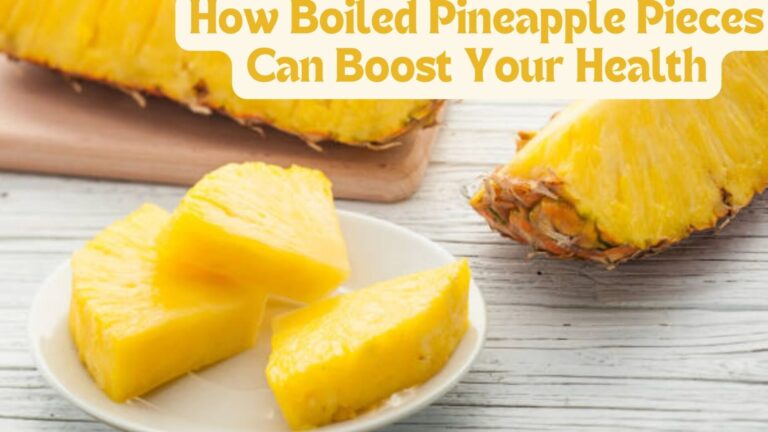Introduction:-
Beyond Taste: How Your Choice of Metal Vessel Impacts Nutrition
In the world of culinary delights, taste reigns supreme, but have you ever considered how the vessel in which your food is served could impact its nutritional value? Welcome to a journey beyond taste, where we delve into the fascinating realm of metal vessels and their profound influence on nutrition.
The Hidden Impact of Metal Vessel on Nutrition
While it’s easy to focus solely on the ingredients and cooking methods, the vessel used to serve or cook food can significantly alter its nutritional composition. Various metals, such as copper, stainless steel, aluminum, and cast iron, each have distinct properties that interact with food in unique ways.
Copper: Enhancing Nutrient Absorption
Benefit- Copper has antimicrobial properties that can help kill bacteria and other pathogens, potentially reducing the risk of waterborne illnesses. Small amounts of copper may also leach into food or water stored in copper vessels, providing trace amounts of this essential mineral. However, excessive copper intake can lead to toxicity, so it’s important to use copper vessels cautiously and in moderation.

Impact:- The claim that copper vessels are better for your health is somewhat nuanced. Copper has been used for centuries in various cultures for its antimicrobial properties, and it’s an essential mineral that our bodies need in small amounts. However, whether using copper vessels significantly improves health is debatable and depends on various factors:
- Antimicrobial properties: Copper does possess antimicrobial properties, meaning it can kill or inhibit the growth of microorganisms such as bacteria and viruses. This property can potentially reduce the risk of waterborne illnesses.
- Nutritional benefits: Small amounts of copper can leach into water or food stored in copper vessels, providing trace amounts of this essential mineral. However, excessive copper intake can lead to toxicity, causing symptoms such as nausea, vomiting, and diarrhea.
- Potential risks: While copper is essential in small amounts, excessive exposure can be harmful. The World Health Organization (WHO) has established guidelines for safe copper levels in drinking water to prevent toxicity.
- Maintenance: Copper vessels require regular cleaning and maintenance to prevent tarnishing and the formation of patina. Improper cleaning or storage can lead to contamination and negate any potential health benefits.
- Individual health considerations: Some individuals may have sensitivities or allergies to copper, making its use potentially harmful for them.
Stainless Steel: Preserving Nutrient Integrity
Benefit:- Stainless steel is non-reactive and does not leach harmful chemicals into food, making it a safe and reliable option for cooking a wide variety of foods. It’s easy to clean and maintain, reducing the risk of bacterial contamination. Stainless steel vessels are also durable and long-lasting, providing consistent cooking performance without significant nutrient loss or alteration.

Impact:- Stainless steel generally has minimal impact on the nutrients in food compared to other materials like copper or cast iron. Here’s how stainless steel impacts nutrients:
- Non-reactive: Stainless steel is non-reactive, meaning it doesn’t leach or react with acidic or alkaline foods. This characteristic helps preserve the flavor and nutrient content of the food without altering its taste or appearance.
- Maintains nutrient integrity: Unlike some reactive materials like copper or aluminum, stainless steel doesn’t react with foods to alter their nutrient content. This makes it an excellent choice for cooking a wide variety of foods without concern for nutrient loss or contamination.
- Easy to clean: Stainless steel is easy to clean and maintain, reducing the risk of bacterial contamination that could potentially affect the nutrient content of food.
- Durable and long-lasting: Stainless steel cookware is durable and long-lasting, ensuring consistent cooking performance over time. This stability helps maintain the nutrient content of food during the cooking process.
In summary, stainless steel cookware is generally considered a good option for preserving the nutrient content of food due to its non-reactive nature and ease of cleaning. It allows for safe and efficient cooking without significant nutrient loss or alteration.
Aluminum: Proceed with Caution
Benefit- While aluminum cookware is lightweight and affordable, it’s essential to exercise caution when using it. Aluminum has been associated with health concerns, as it can potentially leach into food, particularly when cooking acidic or salty dishes. Opting for alternative metals may be advisable for those seeking to prioritize health and wellness.
Impact:- Aluminum vessels can potentially impact the nutrients in food, although the extent of this impact depends on various factors such as the type of food, cooking methods, and duration of cooking. Here are some considerations regarding how aluminum vessels may affect nutrients in food:
- Reactivity: Aluminum is a reactive metal, particularly when it comes into contact with acidic or alkaline foods. During cooking, acidic foods like tomatoes or citrus fruits can cause aluminum to leach into the food, especially if the cooking process involves prolonged heating or storage.
- Nutrient loss: The reactivity of aluminum can lead to nutrient loss in foods, particularly vitamins and minerals that are sensitive to oxidation or acidic environments. For example, vitamin C, which is abundant in many fruits and vegetables, can degrade when exposed to aluminum under certain conditions.
- Aluminum absorption: In addition to nutrient loss, there are concerns about the potential health effects of aluminum absorption from cookware. While the amount of aluminum that leaches into food from aluminum cookware is generally considered to be small, long-term exposure to high levels of aluminum has been associated with health risks, including neurological disorders.
- Precautions: To minimize the impact of aluminum on nutrient loss and health risks, it’s advisable to avoid cooking highly acidic foods in aluminum vessels for extended periods. Using anodized aluminum cookware, which has a protective oxide layer that reduces reactivity, may also help mitigate these concerns.
In summary, while aluminum vessels are lightweight and conduct heat well, their reactivity with certain foods can potentially impact the nutrient content and raise health concerns related to aluminum exposure. It’s essential to use aluminum cookware cautiously and consider alternative materials for cooking acidic foods or dishes that require prolonged cooking times.
Cast Iron: Adding Nutritional Value
Benefit – Cooking with cast iron vessels can increase the iron content of food, which can be beneficial for individuals with iron deficiency anemia or those looking to boost their iron intake. Cast iron retains heat well and distributes it evenly, helping to preserve the nutrient content of food. Additionally, cooking in cast iron can enhance the flavor of food, which may encourage individuals to consume a wider variety of nutrient-rich foods.

Impact: – Cast iron vessels can have both positive and negative impacts on the nutrients in food:
- Iron leaching: Cooking food in cast iron vessels can increase the iron content of the food. Small amounts of iron leach into the food during the cooking process, particularly when cooking acidic foods or foods with high moisture content. This can be beneficial for individuals who need to increase their iron intake, such as those with iron deficiency anemia.
- Retention of heat: Cast iron retains heat well and distributes it evenly, which can help preserve the nutrient content of food. By cooking food evenly and efficiently, cast iron vessels can minimize nutrient loss due to overheating or uneven cooking.
- Potential for oxidation: If not properly seasoned or maintained, cast iron vessels can rust and corrode, leading to the formation of iron oxides. While small amounts of iron oxide consumption are generally considered safe, excessive consumption can lead to gastrointestinal discomfort and may affect nutrient absorption.
- Enhanced flavor: Cooking in cast iron vessels can enhance the flavor of food, which may encourage individuals to consume a wider variety of nutrient-rich foods.
In summary, cast iron vessels can have positive effects on the nutrient content of food by increasing iron intake and preserving nutrient integrity through even cooking. However, proper seasoning and maintenance are essential to prevent rusting and minimize the risk of excessive iron oxide consumption. Overall, when used correctly, cast iron vessels can be a valuable addition to a healthy cooking routine.
Choosing the Right Metal Vessel for Your Health
When selecting metal vessels for cooking or serving food, it’s crucial to consider not only their aesthetic appeal but also their potential impact on nutrition. By opting for materials that enhance nutrient absorption and preserve food integrity, you can elevate your dining experience while promoting better health and wellness.
Conclusion
In the quest for optimal nutrition, every detail matters, including the metal vessel in which your food is prepared and served. By understanding the unique properties of different metals and their implications for nutrition, you can make informed choices that support your health and well-being. So, the next time you sit down to a meal, remember that what’s on your plate is just one part of the equation—what it’s served in matters too. Choose wisely, and savor the taste of health and vitality with every bite.








